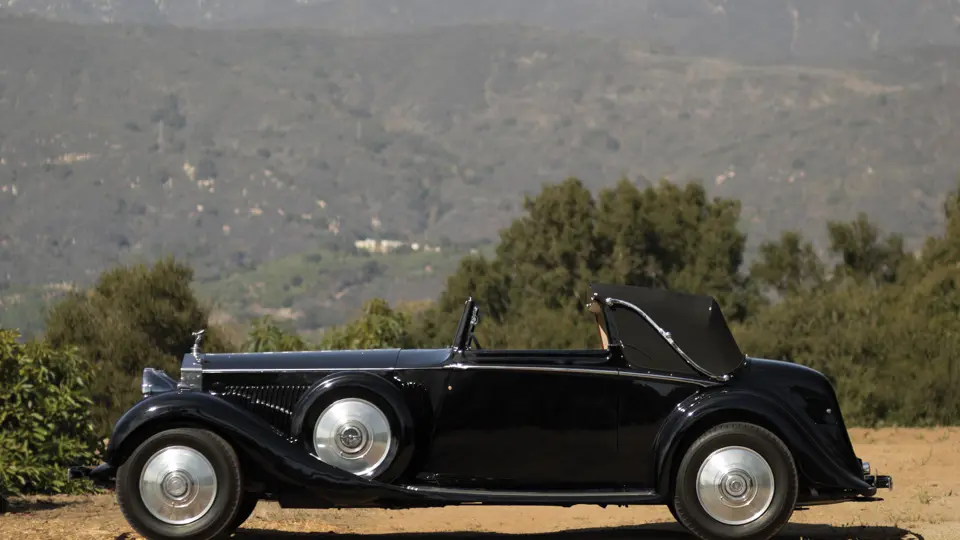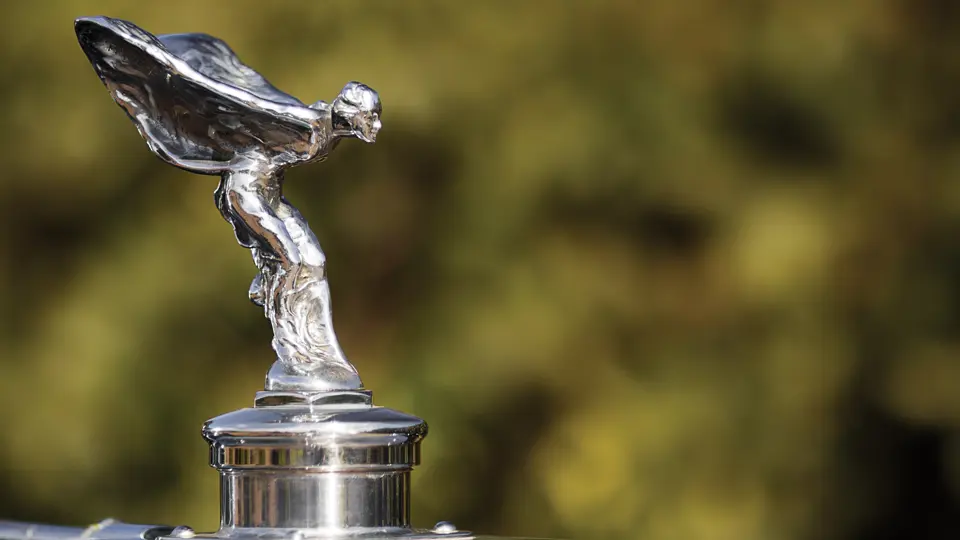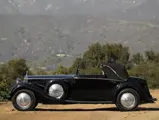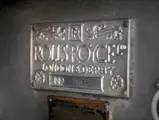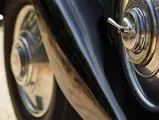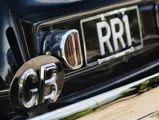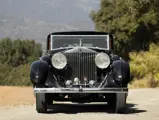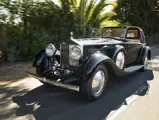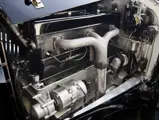
1934 Rolls-Royce Phantom II Continental Drophead Sedanca Coupe by H.J. Mulliner
{{lr.item.text}}
$357,500 USD | Sold
{{bidding.lot.reserveStatusFormatted}}
- The most desirable Continental chassis, with beautiful coachwork
- Formerly owned by Sir MacPherson Robertson, Martin Vogel, and Roy Wild
- Documented ownership history since new
- A well-maintained RROC tour veteran
120 bhp, 7,688 cu. in. OHV inline six-cylinder engine with single-jet semi-expanding carburetor, dual independent ignition systems, four-speed standard gearbox, front and rear semi-elliptic spring suspension, and four-wheel servo-assisted brakes. Wheelbase: 144 in.
The much-improved Phantom II was introduced in September 1929, and it was produced to replace the Phantom I, the last car produced before Sir Frederick Henry Royce, OBE, died in 1933. The lowered chassis of the Phantom II provided an ideal platform for the coachbuilders, who were inspired to design and build fresh new looks—the looks that defined the 1930s Classic Era. With its distinctive radiator shell now placed directly above the I-beam front axle, the car’s long bonnet measured nearly half the entire body length, resulting in a long, sleek appearance.
The Phantom II was much faster than any previous Rolls-Royce, despite its three tons, and modifications continued during its production years. The new Autovac fuel delivery system, a time-saving “one shot” lubrication system, and the silky synchromesh gearing were designed to eliminate imperfections, improve performance, and enhance comfort and driveability.
Between 1929 and 1935, 1,672 Phantom IIs were built, including 280 on the Continental chassis, such as this example. Royce wanted the Continental to be as small as possible yet still comfortably accommodate its driver and passengers, and their luggage, while touring the continent of Europe. The standard PII chassis was heavy; therefore, Continental-specific coachwork had to be designed to be as lightweight as possible and still perform safely and powerfully. The Continental was developed from the standard Phantom II short 144-inch wheelbase chassis, with an especially low steering column, a low center of gravity, and special springs to permit safe and continuous high-speed touring over almost any road surface. The radiator shell was a bit higher than the standard Phantom II, resulting in a stance that gives the illusion that the car appears to be traveling at high speed, even when parked. This model’s endless details of controls and carburetion, and ignition systems are especially fascinating to the true motor car enthusiast. For example, the TA series, as this car is, was the first Rolls-Royce to feature an external clutch adjustment.
PII Continentals fitted with lightweight bodies were faster than any previous Rolls-Royce models. Many Rolls-Royce specialists feel that there may be no more reliable pre-war car than the Phantom II Continental, as it is powered by the final evolution of the straight-six, large horsepower engine that Rolls-Royce first introduced in the 1907 40/50 HP model, which is more commonly known as “The Silver Ghost.”
The company specifically targeted its Continental buyer, as evidenced by the following ad copy from the mid-1930s: “The Rolls-Royce Phantom II Continental is specially produced for fast touring abroad, where better facilities exist than in Great Britain for high speeds over long distances.”
It was standard practice for all high-end coachbuilders in pre-war years to order the engine and chassis from the motor car manufacturer. The bodies were bespoke, as they were designed and purchased at additional expense from a wide array of coachbuilders.
As beautiful as they are, these were among the most powerful cars of their time, as road tests confirmed. Autocar published results in August 4, 1933, for the Phantom II Continental, with a timed top speed of 92.31 mph. The Motor recorded a top speed of 90.2 mph and 0–60 mph in 23 seconds on March 20, 1934.
Documents supplied by the Rolls-Royce Owners’ Club Foundation validate that 17 TA, a late production, right-hand drive Phantom II Continental was ordered by Rolls-Royce agent H. R. Owen on October 2, 1934, and then it was delivered to J. Gurney Nutting Coachbuilders, where it was fitted with a formal sedanca de ville body, which had an enclosed passenger compartment with a convertible roof over the driver. On April 8, 1935, the completed car was purchased by legendary Australian confectioner and philanthropist Sir Macpherson Robertson, whose company helped found Cadbury Schweppes. As the factory records state, 17 TA was intended for use in the “UK and abroad – Town and Touring.”
The car was shipped to the U.S. late in 1935, and its next recorded owner was Martin Vogel, of New York City. Mr. Vogel was a Columbia University-educated lawyer and the assistant U.S. treasurer and executive director of the New York Evening Post. In September 1938, his estate sold the car to New York distributor J. S. Inskip. As was common practice at the time, Inskip had the original formal body replaced with its current, and considerably more sporting, H. J. Mulliner drophead sedanca coupe body, which was originally fitted to 123 TA, also in Inskip’s inventory.
Miss Ruth Hitchcock, later Mrs. Ruth Hitchcock Stewart, acquired 17 TA on March 17, 1941. In 1948, she sold the car to Edwin S. Kelly, of Washington, DC. Subsequent owners of this Phantom II were David F. Martin and Warren K. Cooley. In 1961, Roy G. Wild, of Bellevue, Ohio, who was a well-known Rolls-Royce enthusiast, purchased 17 TA. Mr. Wild owned, maintained, and used it for over 40 years!
After a restoration, the car was primarily used in Rolls-Royce Owners’ Club tours and judged meets. In recent years, 17 TA has benefitted from an exterior and interior freshening, which included re-polished wood veneers, new carpeting, and a proper fabric top.
This stunning Phantom II Continental, despite its massive presence, is no trailer queen, as it was recently driven on a test run of approximately 150 miles without incident. The Continental is a favored car for vintage car tours, and if properly maintained, it may be driven at sustained high speeds in comfort and reasonable reliability considering its 80 years of age. As its history and documentation validates, 17 TA is prepared to continue to offer many more decades of enjoyment to its next, most fortunate owner.

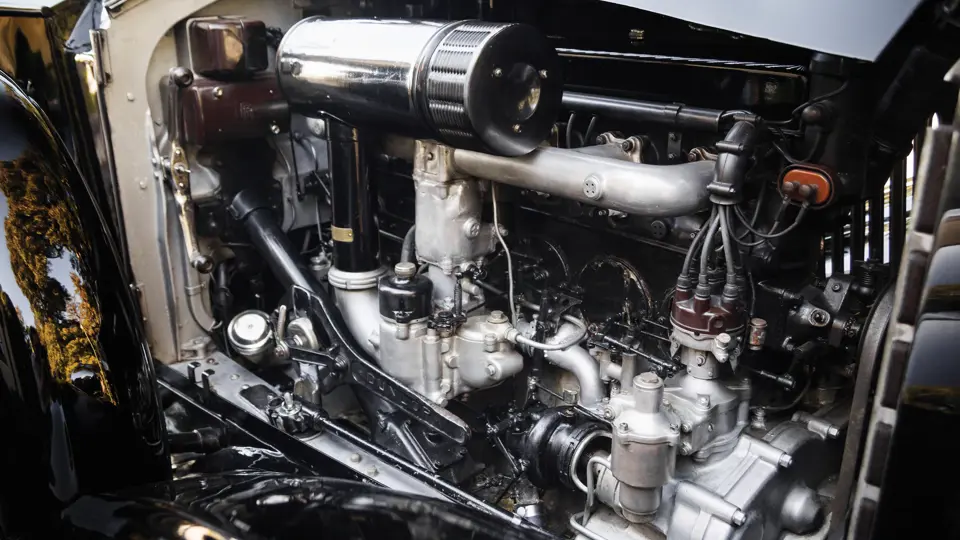


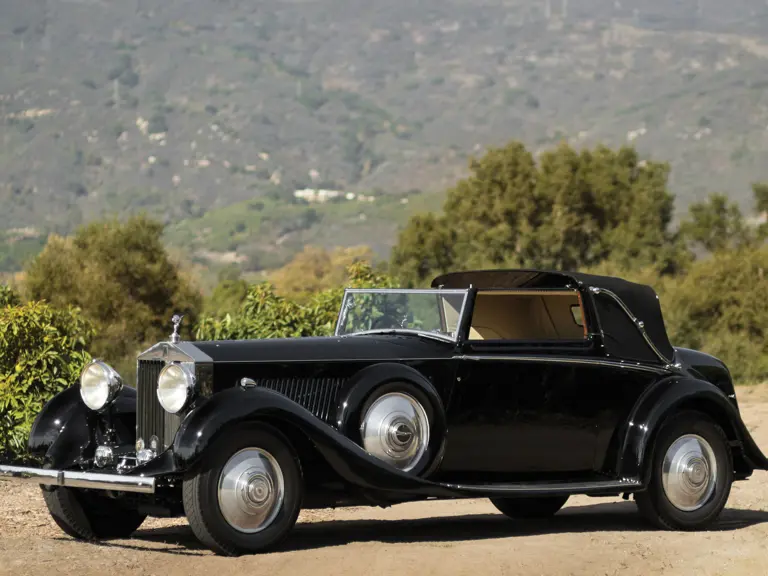
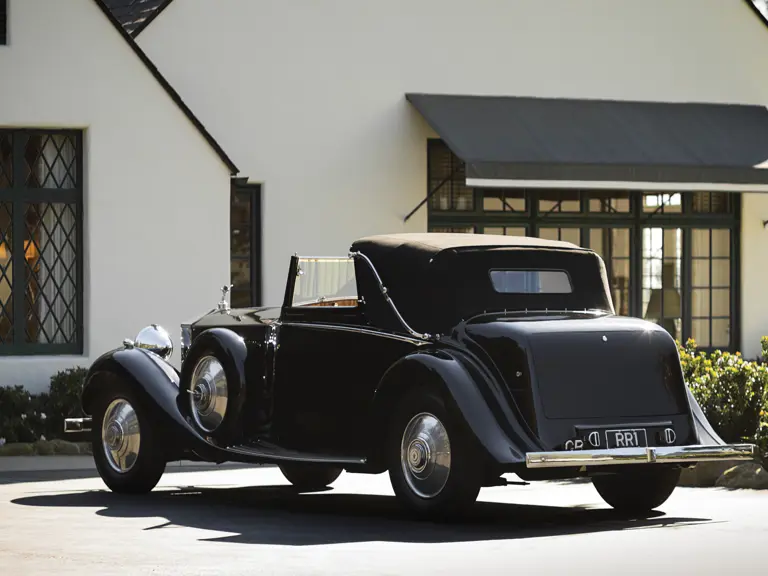

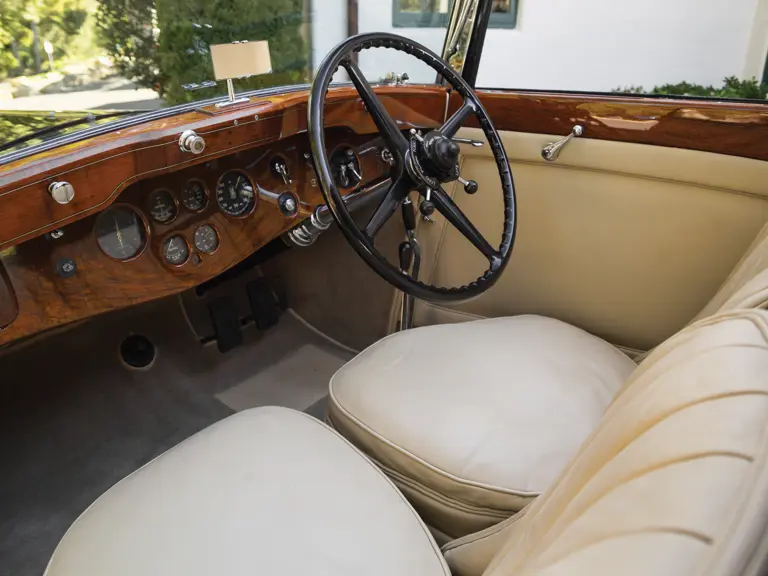

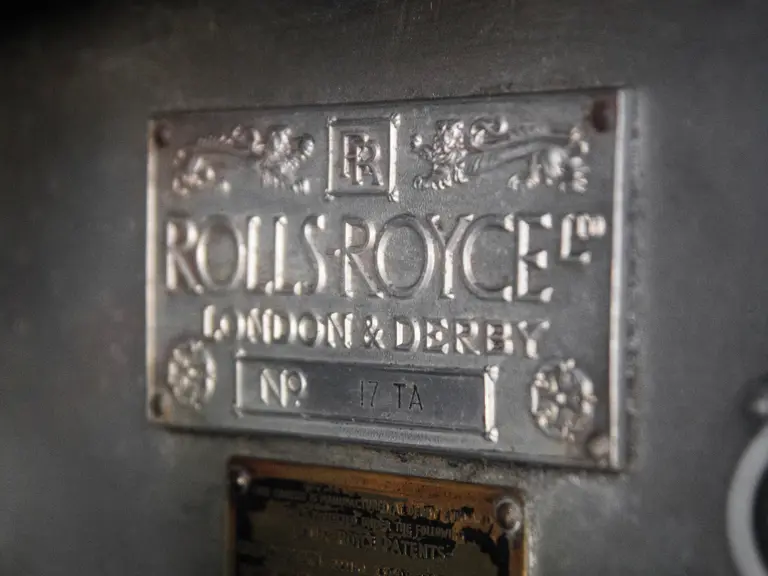


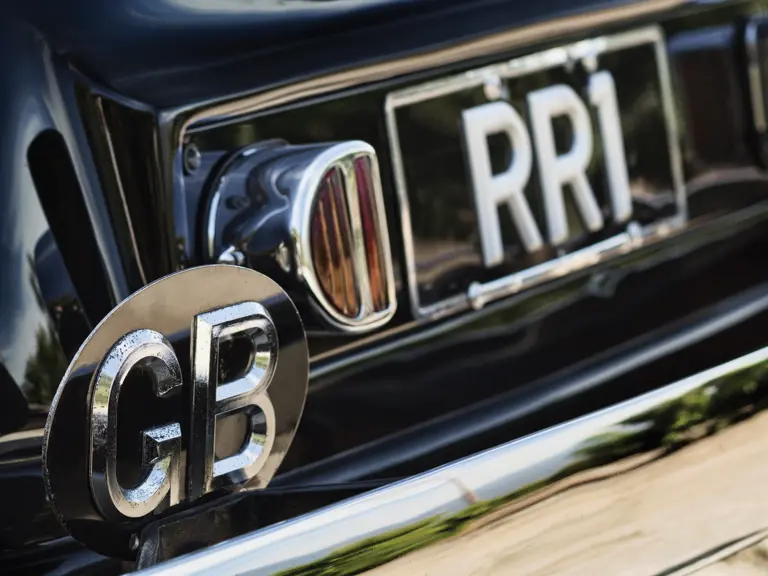

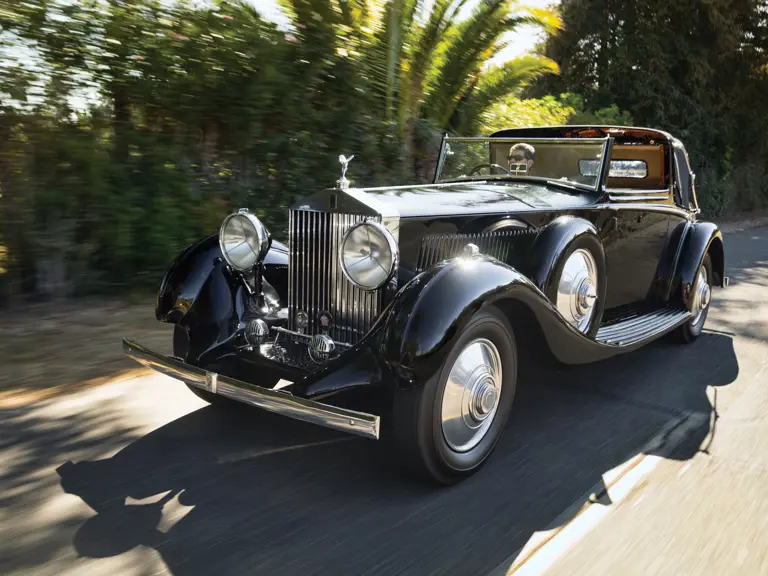
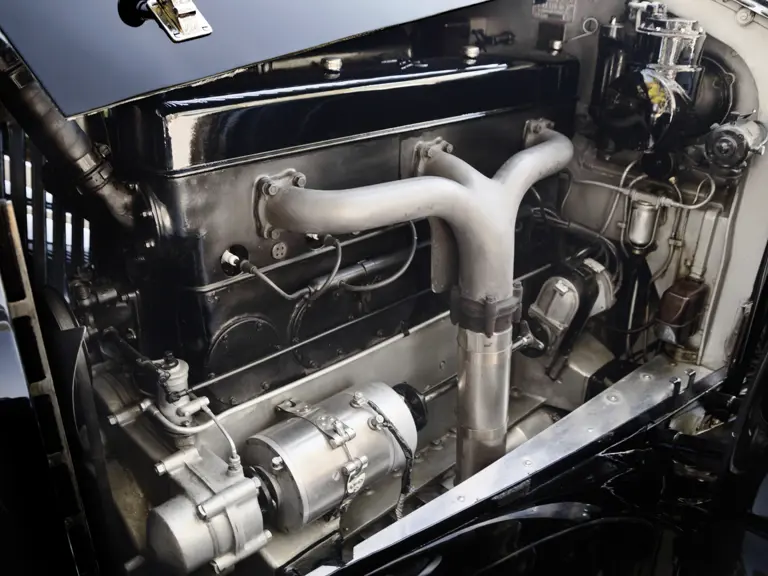

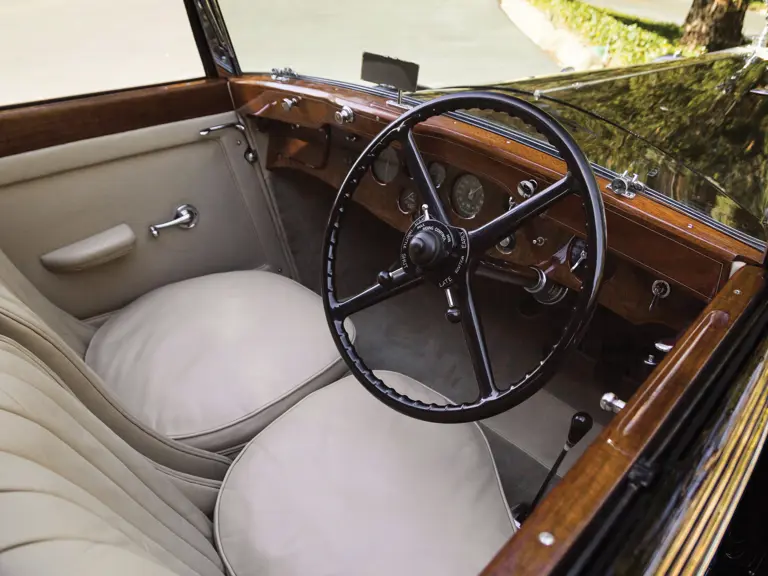
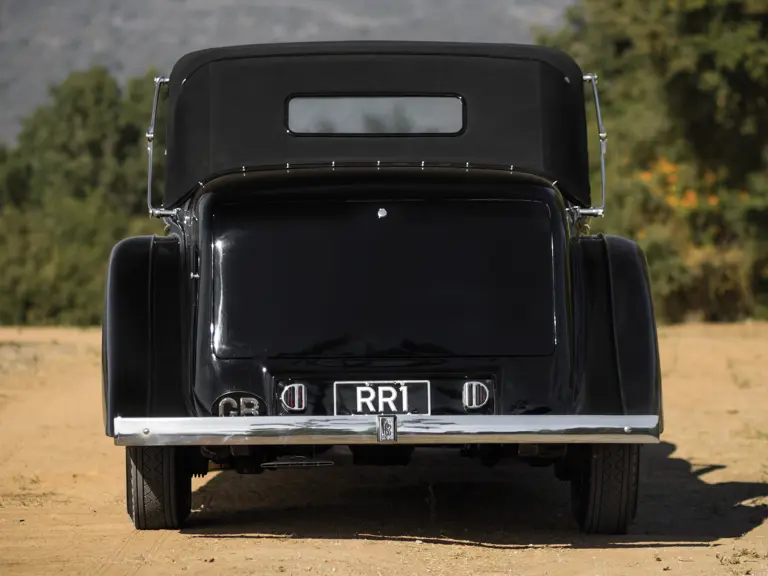
 | Phoenix, Arizona
| Phoenix, Arizona
